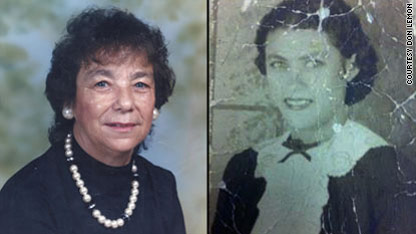The ‘white’ student who integrated Ole MissPosted in Articles, History, Media Archive, Passing, United States on 2014-02-13 18:25Z by Steven |
The ‘white’ student who integrated Ole Miss
Cable News Network (CNN)
2014-02-05
Allyson Hobbs, Assistant Professor of American History
Stanford University
(CNN) — When Harry S. Murphy arrived at the University of Mississippi in the fall of 1945, he was nervous. He landed at Ole Miss by way of the Navy’s V-12 program, a wartime measure that allowed young men to take college classes, receive naval training and preparation to become officers.
Murphy was black, but university officials did not know that. He had a white complexion and wavy brown hair. A military official checked the “W” box for white when Murphy enlisted in the Navy.
This official unwittingly set Murphy on an entirely new path. Murphy explained that he had no intention to “pass,” and once at Ole Miss in Oxford, no one inquired about his race.
“I guess they just assumed I was white,” Murphy said.
If no one asked, why tell?
Passing—the choice to leave behind a black racial identity and present oneself as white—allowed many African-Americans to navigate a racist society. In today’s multiracial America, the decision to pass may seem unnecessary and unwarranted.
But historically, erasing one’s black identity was one of a limited number of avenues available to light-skinned African-Americans to secure a better life in the era of legalized segregation.
Those who passed often reaped financial rewards, gained social privileges and enjoyed the fun of “getting over” by playing a practical joke on unsuspecting whites and winning a clandestine war against Jim Crow America…
Read the entire article here.
